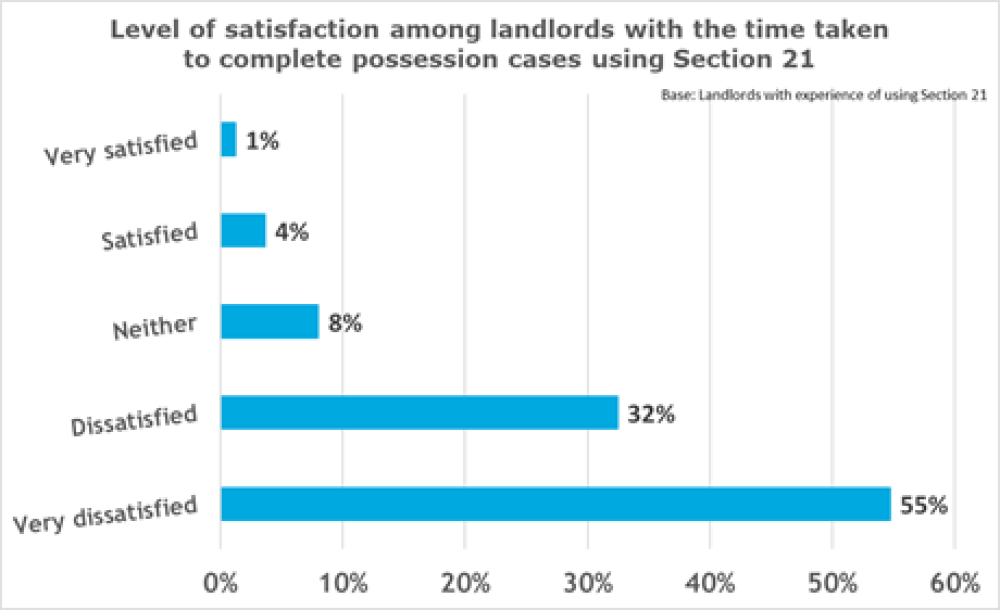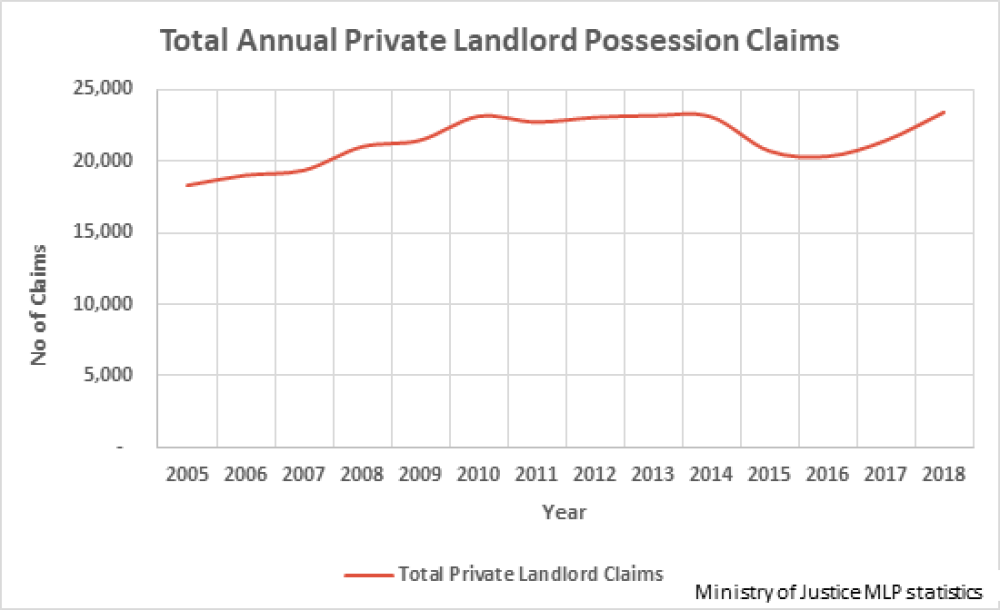

Section 21 & Landlord Experience
Introduction
Since the introduction of the assured shorthold tenancy, landlords have relied on the Section 21 notice as the simplest way to regain possession of their property. Section 21 of the 1988 Housing Act is the “no fault” procedure under which a landlord under an assured shorthold tenancy can evict a tenant through the Courts.
Over the years it has grown more complicated to make sure the landlord is serving a valid Section 21 notice. New legislation came into effect on 1st October 2015 which prevented landlords from evicting their tenants if they were served with an improvement notice or emergency remedial action notice.
We are seeing pressure to reform or abolish Section 21 notices.
Yet Section 21 is a commonly used mechanism by landlords: the Quarter 4 Survey of landlords conducted by the NRLA – now known as the State of the PRS reports – asked landlords about their experience of using the Courts and the Section 21 process.
The survey highlighted that one-third of landlords had experience of using the courts to seek possession of a property. About 50% of these landlords had used Section 21. Of those using the courts in the last twelve months, this proportion rises to almost 75%.
Reasons for issuing Section 21 notices
The reasons for landlords issuing Section 21 notices are overwhelmingly due to the actions of tenants: our survey showed over 70% of landlords issuing Section 21 notices did so because of rent arrears. The decision to issue a Section 21 notice is often because of several factors rather than a single cause.
Thus one-third of Section 21 notices were issued because of property damage. Anti-social behaviour (28%) or other, illegal, activity (17%) are also key reasons prompting the issuing of a Section 21 notice.
In contrast, very few Section 21 notices were issued because it simply suited the landlord to do so. The desire to clear tenants out prior to selling, renovating or moving the landlord’s family into, a property were not common business practices.
Retaliatory eviction, issued following complaints or requests to undertake repair, scarcely featured in the responses.
Experiences of Section 21
The Quarter 4 Survey of landlords asked landlords about their experience of using the Courts and Section 21 specifically. Are landlords presently satisfied with the Section 21 process?
Our survey indicates an emphatic “No”:

The graph above shows over 87% of landlords dissatisfied or very dissatisfied with the time being taken to complete possession cases.
The reason for this dissatisfaction is, at least in part, explained by government figures. Look for example at the Ministry of Justice’s statistics for landlord possession claims:
The courts are simply straining under the weight of the increased case load of private landlord possession claims – the Ministry of Justice reports as being up 28% since 2005.

Wider impact on the PRS
Landlords completing the survey gave some evidence to suggest experience of the court process could put off landlords. Those who had previous experience of using Section 21 had been more likely to sell property in 2018 – 21% against an all-landlord average of 15%.
Meanwhile, the same group of landlords who had experience of using Section 21 are also more likely to be at least considering selling property in 2019 – 34% against 26%.
Once we count only those landlords who had used Section 21 over the last twelve months, the proportion considering reducing their portfolio rises again, this time to 38%.
What does this mean for landlords?
This latest research shows that, far from abusing the system, landlords have every reason to be as frustrated with the court process as tenants. In all but occasional cases, Section 21 was used in response to tenants breaking their tenancy agreements. The use of Section 21 does not however expedite the court process, at least to the satisfaction of landlords.
Any future policy shift will need to balance tenant pressure for reform with the needs of landlords seeking to use a Section 21-type process for perfectly reasonable purposes. The long term impact of not doing so may lead to a further tightening in the supply of housing available to rent.
This piece was written by Nick Clay, NRLA. These views are those of the author and not necessarily those of the NRLA.
